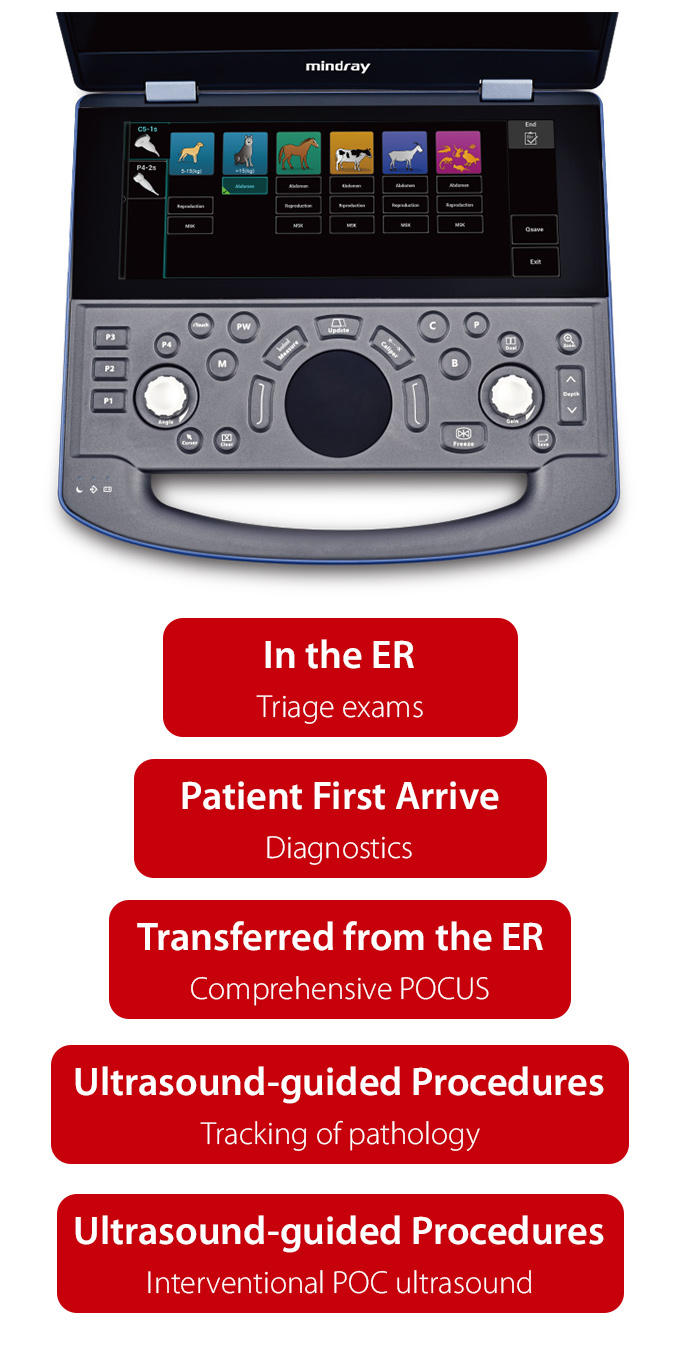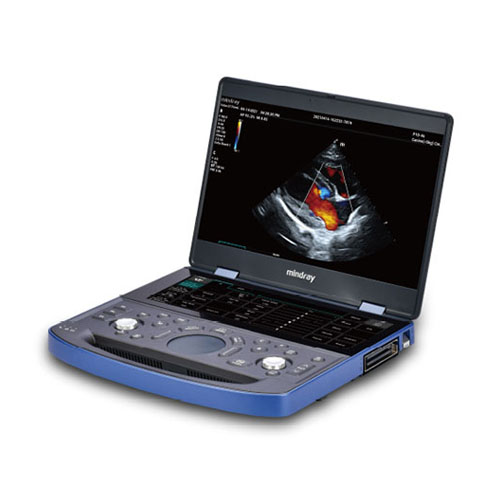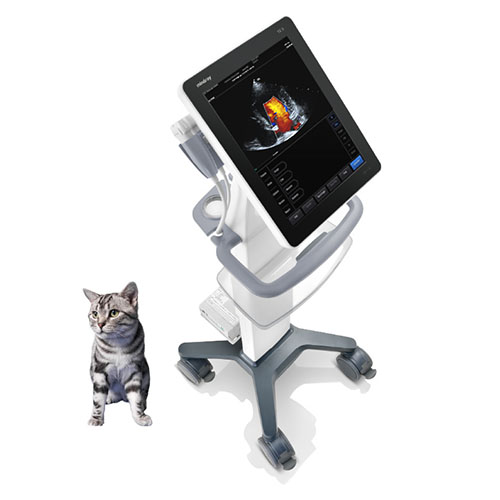Point-of-care Ultrasound in Veterinary Medicine: Insights from Experts
Interview with Dr. Soren Boysen and Dr. Serge Chalhoub
2024-10-16
POCUS can be performed by ANYONE, it is used across all veterinary practices, from beginners to advanced practitioners, EVERYONE can learn and use POCUS.
Curious about how Point-of-Care Ultrasound (POCUS) is transforming veterinary medicine? How do top veterinarians incorporate this technology into their daily practice? To answer these questions, Mindray Animal Medical hosted a Q&A session with Dr. Soren Boysen and Dr. Serge Chalhoub from the Faculty of Veterinary Medicine at the University of Calgary, Canada. Their insights covered a range of topics including education, training, workflow, in POCUS.
Prof. Soren Boysen
DVM, DACVECC
Faculty of Veterinary Medicine,
University of Calgary
It's a focused approach, much like triage exams, aimed at addressing the most critical, life-threatening issues. For patients transferred from the emergency department, we conduct comprehensive POCUS.
Dr. Serge Chalhoub
BSC.DVM, DACVIM (SAIM)
Faculty of Veterinary
Medicine, University of Calgary
POCUS can be performed by ANYONE, all specialties, and even technicians. Many general practitioners cannot refer patients to specialists due to costs or distance, but POCUS empowers them to make confident, patient-centered decisions.
What is POCUS in Veterinary Medicine?
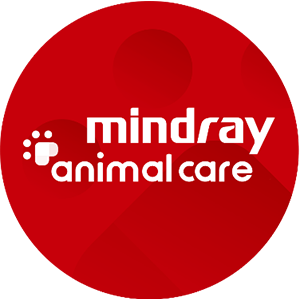

Prof. Boysen

Dr. Chalhoub
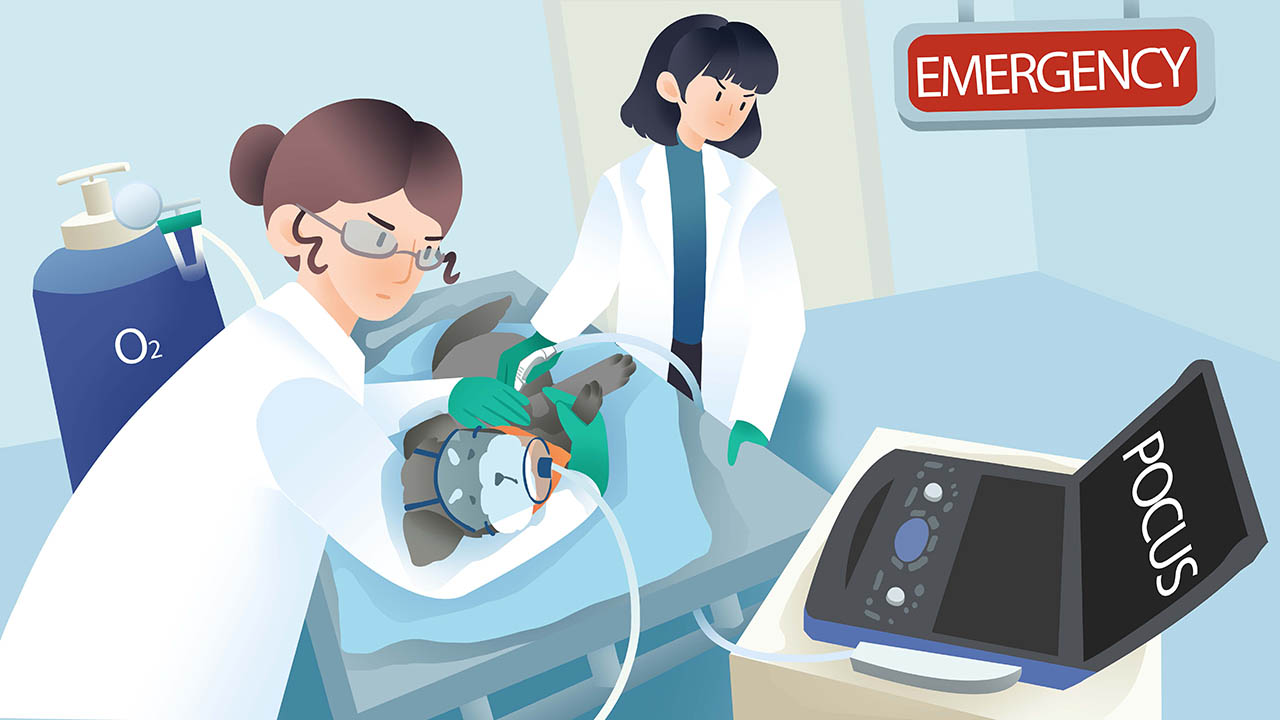
Where Should POCUS be Applied?


Dr. Chalhoub
Feline ascites
Feline HCM & pericardial effusion
Canine lung mass


Prof. Boysen
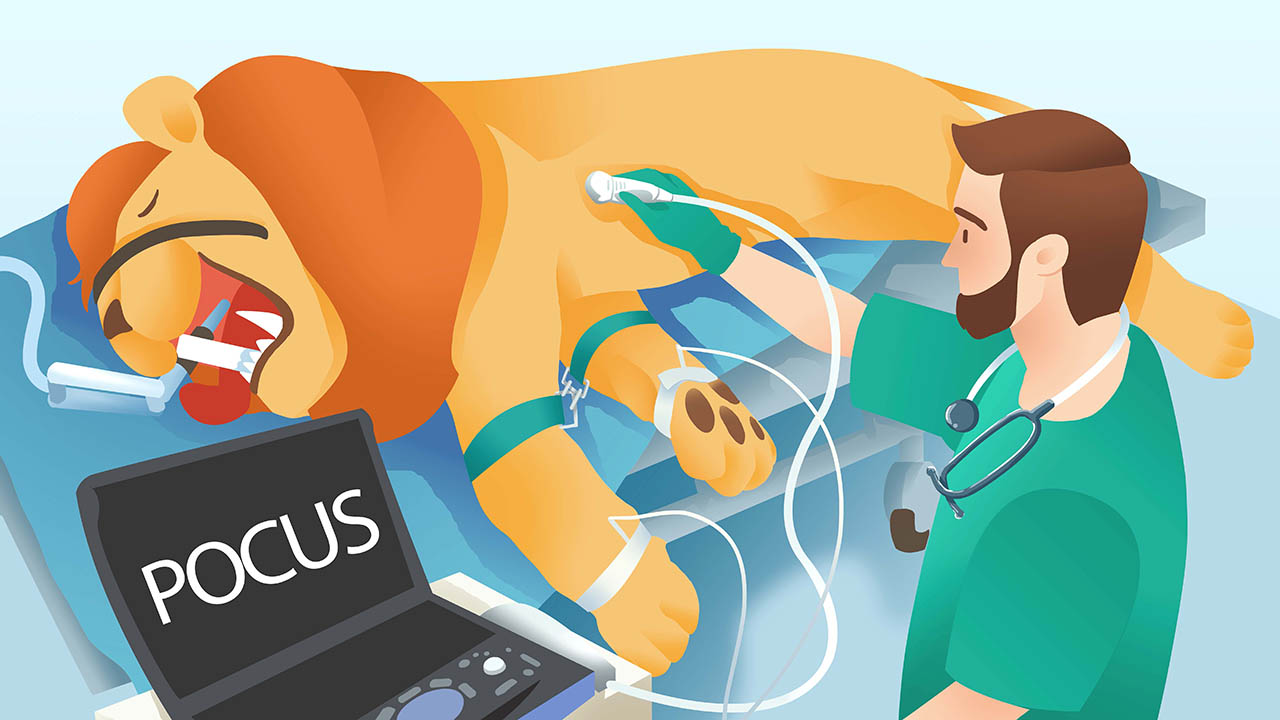
Who Can Learn and Use POCUS?


Prof. Boysen

Dr. Chalhoub
Feline external iliac artery thrombosis
When is POCUS Most Useful in Veterinary Medicine?


Prof. Boysen
POCUS Application Scenarios

Prof. Boysen

Dr. Chalhoub
Canine greater ischiatic notch block
How to Improve Scanning and Interpretation Skills in POCUS


Dr. Chalhoub

Prof. Boysen

